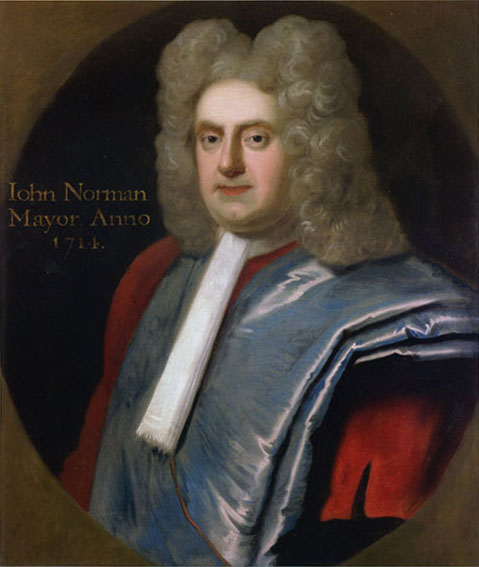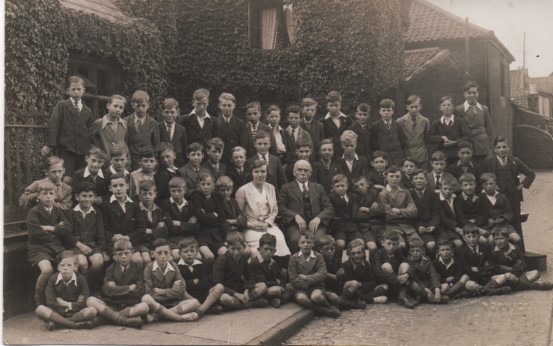John Norman was born in Norwich in 1657 and lived in Old Catton. He prospered as a local farmer, landowner and brewer. He eventually became an Alderman and Mayor of the City of Norwich.
He died in 1724 and although having married twice, had no children; however, he was extremely interested in the education of children and left the bulk of his estate ‘In Trust’ to educate the male descendants of his close relatives. According to his wishes, the Norman Endowed School was eventually built for the benefit of his descendants but, as there were insufficient funds to maintain it, it was closed in 1934.
In 1839 his descendants were unhappy with the way the Foundation was being handled, and formed “The Claimants Unity” to keep a watchful eye on the Trustees. A Charitable Foundation, known as Alderman Norman’s Foundation was established by Act of Parliament and is now regulated by the rules of the Charity Commission.
The Claimants Unity provides proof via the Registrar that the person claiming is a descendant from those listed in the “First Schedule” of the will. The Foundation is managed by a Board of Trustees as defined in the Act of Parliament.


Eastern Evening News – Friday July 20, 1984
Transcript of report
End of an era for education in Norwich
Summer holidays were beckoning half a century ago when the boys and teachers assembled outside the school building for what seemed like just another school photograph
But in fact it marked the end of a unique school and era in Norwich education because the school was closing for good
It was July 1934 and the school was Alderman Norman’s Endowed School (Norman’s Will). The building stood in Cowgate near the junction with Magdalen Street. It was unique because to some extent all the pupils were related to each other and each could produce “a pedigree” proving his ancestry.
John Norman, an Alderman and Mayor of Norwich in 1712, died in 1724 and left an elaborate will under which his male descendants and those of his wife and first wife’s families would receive an education.
He envisaged that 60 years after his death there would be enough boys for a boarding school to be built and the will went into great detail about the dimensions of the rooms, clothing and the diet of the boys, which included one pound of roast beef for dinner and eight quarts of beer weekly.
In the event the estate bequeathed did not provide enough income for the boarding school and little is known of the first day school eventually founded, if indeed there was one. But in 1839 the Cowgate school was built and several generations of Norwich boys were educated there – sadly without the roast beef and beer.
Headmaster
Headmaster for 36 years John William Howes is seen in the picture with his assistant Miss Bowyer. His retirement at the age of 70 was one reason for the school’s closure and also because as a private school the pupils were at a disadvantage regarding secondary education.
The 63 boys were dispersed to other schools and the building became a cinema and afterwards a warehouse before being demolished in the 60s
But the name of Alderman Norman lives on in Norwich education because at the beginning of 1935 Mile Cross School was renamed Norman School to perpetuate his memory.
John Howes died in 1954 at the ripe old age of 90.
EEN noted: We are indebted for the picture and the reminiscences to Mr Arthur Mann, an ex-pupil, he is pictured right of centre and on the row behind the headmaster. If you need any help in identifying him he points out that his nickname those days was “Snowball”.
